Home>Dining>Tableware>How To Plan The Design Of A Dining Room
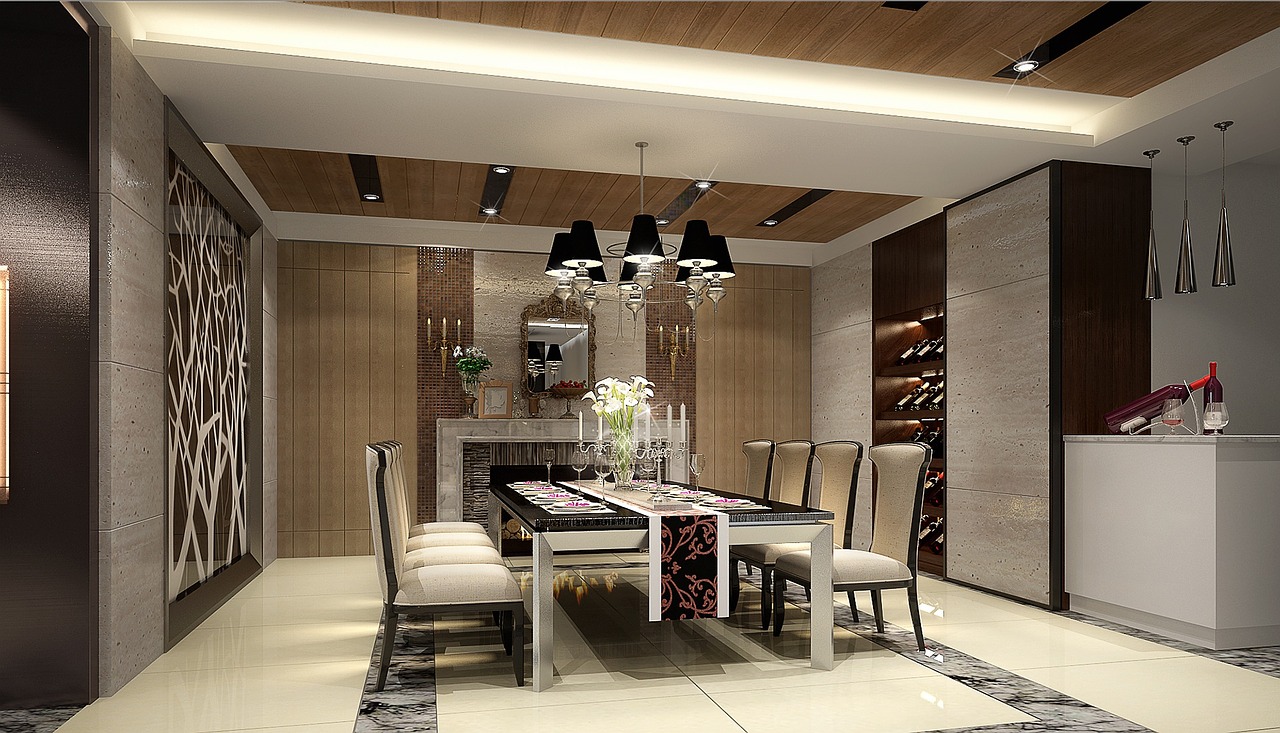

Tableware
How To Plan The Design Of A Dining Room
Modified: January 6, 2024
Learn how to plan the perfect dining room design, with a special focus on tableware. Discover tips and ideas to create an inviting and stylish space.
(Many of the links in this article redirect to a specific reviewed product. Your purchase of these products through affiliate links helps to generate commission for Storables.com, at no extra cost. Learn more)
Introduction
Welcome to the world of dining room design. Whether you’re starting from scratch or looking to remodel, planning the design of your dining room can be an exciting yet daunting task. The dining room is where you gather with family and friends to share meals and create lasting memories. It’s a space that should reflect your personal style, while also being functional and comfortable.
In this article, we’ll guide you through the process of designing your ideal dining room, from choosing the right layout to adding the perfect finishing touches. By considering various factors such as furniture selection, color schemes, lighting, and decor, you’ll be able to create a dining space that is not only aesthetically pleasing but also conducive to great conversations and memorable gatherings.
So, let’s dive in and discover the key steps to planning the design of your dining room!
Key Takeaways:
- Create a functional and inviting dining room by considering layout, furniture, color schemes, lighting, and storage solutions. Personalize the space to reflect your style and enhance memorable gatherings with loved ones.
- Balance aesthetics and functionality to design a dining room that exudes comfort and elegance. Pay attention to details, from furniture selection to acoustics, to create a visually appealing and inviting space for meals and gatherings.
Choosing the Right Layout
The layout of your dining room is crucial as it sets the foundation for the overall design. The right layout will ensure that your dining room is both functional and inviting. When considering the layout, it’s important to take into account the size and shape of the room, as well as the flow of traffic.
One popular layout option is the traditional rectangular table placed in the center of the room. This layout works well in larger dining rooms and provides ample space for placing chairs around the table. It also allows for easy movement and conversation among guests.
If your dining room is smaller or has an unconventional shape, you may need to consider alternative layout options. For example, a round table can maximize seating capacity in a smaller space while also creating a more intimate atmosphere.
Another layout option is the open concept design, which integrates the dining room with the kitchen or living area. This layout is ideal for smaller homes or apartments where space is limited. It promotes a sense of openness and encourages interaction between different areas of the home.
When choosing the right layout, it’s important to consider the placement of doors, windows, and other architectural features. These elements can impact the flow of natural light and ventilation in the room. By strategically positioning your dining table and furniture, you can optimize the use of natural light and create a warm and inviting atmosphere.
Ultimately, the key to choosing the right layout is to prioritize functionality and adaptability. Consider how you plan to use the space on a daily basis and for special occasions. This will help you determine the optimal layout that meets your needs and accommodates your lifestyle.
Selecting the Perfect Furniture
Choosing the right furniture is essential for creating a dining room that is both comfortable and visually appealing. The furniture you select should not only fit the space but also complement the overall design aesthetic.
When it comes to the centerpiece of the dining room – the dining table – consider the size, shape, and material that best suits your needs. Rectangular tables are versatile and can accommodate larger gatherings, while round or oval tables are great for creating a cozy and intimate atmosphere. Consider the number of people you typically host and ensure the table can comfortably accommodate them.
The material of the dining table also plays a significant role in the overall design. Wood is a popular choice for its timeless appeal and durability. It can range from light-colored woods like oak or maple to darker tones like mahogany or walnut. If you prefer a more modern look, consider tables made of glass or metal for a sleek and contemporary feel.
In addition to the dining table, choosing the right chairs is equally important. Comfort should be a priority when selecting dining chairs, as your guests will be seated for extended periods. Upholstered chairs provide both comfort and a touch of elegance, while wooden chairs offer a more traditional and rustic feel. Mixing and matching different chair styles can create a unique and eclectic look.
Don’t forget to also consider additional furniture pieces that can enhance the functionality and aesthetics of your dining room. Sideboards or buffets can provide extra storage space for dinnerware, while a bar cart can add a touch of sophistication. These pieces not only serve practical purposes but can also serve as decorative elements.
Lastly, remember to measure the dimensions of your dining room and ensure that the furniture you choose fits proportionally. Avoid overcrowding the space, as it can make the room feel cramped and uncomfortable. On the other hand, too little furniture can make the space appear sparse. Finding the right balance is key.
By carefully selecting furniture that combines style and functionality, you can create a dining room that exudes comfort and elegance, making every mealtime a delightful experience.
Deciding on a Color Scheme
The color scheme you choose for your dining room can greatly impact the overall atmosphere and mood. It sets the tone for the space and can create a sense of harmony and cohesion with the rest of your home’s decor.
When deciding on a color scheme, consider the style you want to achieve. If you prefer a classic and timeless look, a neutral color palette with shades of white, beige, or gray can create an elegant and sophisticated ambiance. These colors also provide a versatile backdrop for accessorizing with pops of color or metallic accents.
If you want to add a touch of warmth and vibrancy, consider incorporating colors from nature. Earth tones like warm browns, creamy yellows, and soft greens can create a cozy and inviting atmosphere. These colors work well with wooden furniture and can bring a natural and organic feel to the space.
For those who prefer a more bold and dramatic look, consider using rich jewel tones or dark colors. Colors like deep blue, emerald green, or burgundy can add a sense of luxury and opulence to the dining room. Pair these colors with metallic or gold accents for a glamorous and sophisticated touch.
When choosing a color scheme, keep in mind the size and natural lighting of your dining room. Lighter colors can make a small room appear larger and brighter, while darker colors can create a more intimate and cozy atmosphere in a large room. Additionally, consider the placement of windows and how natural light interacts with the chosen colors.
Remember, you don’t have to limit yourself to a single color. Mixing and matching different shades and tones can add depth and visual interest to the space. You can also incorporate patterns and textures through wallpapers or textiles to further enhance the dining room’s design.
Ultimately, the color scheme you choose should reflect your personal style and create an atmosphere that complements the purpose of the dining room – a place where you can relax, enjoy meals, and create lasting memories with your loved ones.
Lighting and Ambiance
Lighting plays a crucial role in creating the desired ambiance in your dining room. It not only illuminates the space but also enhances the overall design and mood. When considering lighting options for your dining room, it’s important to strike a balance between functionality and aesthetics.
Start by considering the natural light sources in the room. Take advantage of windows and skylights to maximize the use of natural light during the day. This helps create a bright and inviting atmosphere. You can enhance the natural light by selecting light-colored window treatments or opting for sheer curtains.
In addition to natural light, the dining room should have adequate artificial lighting to ensure optimal visibility during meal times or evening gatherings. The main source of lighting in your dining room is likely to be an overhead pendant or chandelier. This fixture not only provides ample light but also serves as a statement piece that adds a touch of elegance to the space.
When selecting a pendant or chandelier, consider the size and scale of your dining table. Ideally, the fixture should be proportionate to the size of the table and hang at an appropriate height, allowing for easy conversation and avoiding glare. A general rule of thumb is to hang the fixture about 30-36 inches above the table.
In addition to the main overhead lighting, consider incorporating other types of lighting to create layers of illumination. Wall sconces can add a cozy and intimate ambiance, while table lamps can provide soft and diffused lighting for a more relaxed atmosphere.
Dimmer switches are an excellent addition to your dining room lighting setup. They allow you to adjust the brightness levels and set the mood according to different occasions. Dimming the lights can create a more intimate and romantic ambiance for a dinner party, while brighter lighting is suitable for casual meals or activities.
Remember to consider the overall design aesthetic of your dining room when selecting light fixtures. The style of your lighting fixtures should complement the rest of the room’s decor, whether it be modern, traditional, or eclectic.
By carefully selecting and layering your lighting sources, you can create a dining room that is not only well-illuminated but also offers a warm and inviting ambiance that enhances your dining experiences.
Adding Decorative Elements
Decorative elements are the finishing touches that bring personality and style to your dining room. They add visual interest, create a cohesive design, and reflect your personal taste. When considering decorative elements for your dining room, keep in mind the overall theme and ambiance you want to achieve.
One of the most versatile decorative elements is artwork. Choose pieces that resonate with you and complement the color scheme and style of your dining room. It could be a large statement piece above a sideboard or a gallery wall filled with framed photographs or artwork. Artwork adds a touch of sophistication and can become a conversation starter during dinner parties.
Another way to enhance the aesthetics of your dining room is through the use of mirrors. Mirrors can make a small dining room appear larger and reflect light to brighten up the space. Consider placing a mirror on a focal wall or above a sideboard to create a sense of depth and elegance.
Plants and flowers are excellent decorative elements that bring life and freshness to your dining room. Place potted plants on window sills or add a centerpiece with fresh flowers on the dining table. Not only do they add a pop of color and texture, but they also contribute to a sense of tranquility and natural beauty.
Textiles, such as curtains, tablecloths, or chair cushions, can be used to add texture and softness to the dining room. Select fabrics that align with the color scheme and design aesthetic of the space. Whether you prefer bold patterns or subtle textures, textiles can enhance the visual appeal of your dining room.
Last but not least, consider incorporating decorative lighting fixtures to serve both functional and aesthetic purposes. Pendant lights with intricate designs or unique shapes can become a focal point of the room, adding a touch of style and elegance.
When adding decorative elements, remember to strike a balance between too little and too much. Avoid cluttering the space with too many accessories as it can detract from the overall design. Instead, choose a few key pieces that make a statement and enhance the overall aesthetics of your dining room.
By carefully selecting and placing decorative elements, you can personalize your dining room and create a space that is visually appealing, inviting, and reflective of your style and personality.
When planning the design of a dining room, consider the size of the space, the number of people you want to accommodate, and the overall style and ambiance you want to create. This will help you determine the layout, furniture, and decor that will work best for your dining room.
Creating a Functional Flow
When it comes to the design of your dining room, functionality is just as important as aesthetics. Creating a functional flow ensures that the space is practical, comfortable, and easy to navigate. By considering the layout and placement of furniture, you can optimize the flow and enhance the overall usability of your dining room.
Start by thinking about the main purpose of your dining room. Is it primarily used for formal gatherings, casual family meals, or both? This will help determine the arrangement of furniture and the overall layout. For example, if you frequently host large dinner parties, leave enough space around the dining table to comfortably accommodate guests and allow for easy movement.
Consider the traffic flow within the room and the connection to other areas of your home. Ensure that there is enough space between furniture pieces for people to move around freely, without bumping into each other or obstacles. If the dining room is adjacent to the kitchen, create a seamless transition between the two spaces to facilitate serving and clean-up.
It’s also important to think about access to the dining table. The chairs should be easily accessible, allowing guests to sit down and get up comfortably. If you have a buffet or sideboard in the room, ensure it’s in a convenient location for serving food and storing utensils or dinnerware.
Lighting placement is another factor to consider in the functional flow. Ensure that the overhead lighting is positioned directly over the dining table to provide ample light for dining without casting shadows. Wall sconces or table lamps can be strategically placed to provide additional lighting in areas where needed.
By creating a functional flow in your dining room, you can enhance the overall usability of the space and ensure that it serves its purpose effectively. Consider the needs of your household and the activities that take place in the dining room, and design the layout accordingly.
Remember, functionality doesn’t mean sacrificing style. You can create a functional flow while still incorporating your desired design elements and maintaining a visually pleasing dining room.
Incorporating Storage Solutions
Storage is an essential aspect of any dining room design, as it helps to keep the space organized and clutter-free. Incorporating smart storage solutions ensures that you have a designated place for items such as dinnerware, linens, serving dishes, and glassware.
One of the most common storage solutions in the dining room is a buffet or sideboard. These pieces not only add style and elegance to the room but also provide ample storage space. Opt for a buffet with drawers and cabinets to tuck away items that are not frequently used. You can also display decorative pieces or store extra linens in open shelving.
If you have limited floor space, consider using a tall, narrow cabinet or a hutch to maximize vertical storage. These pieces offer storage for dinnerware and glassware and can serve as a display area for decorative items or fine china.
Another practical storage solution is utilizing built-in shelving or wall-mounted cabinets. These options are ideal for smaller dining rooms where space is at a premium. You can use them to store and display your favorite glassware, cookbooks, or decorative accents.
For a more informal and casual look, consider incorporating floating shelves or wall-mounted hooks. These can be used to store wine bottles, coffee mugs, or even a collection of art or decorative items.
If space allows, consider incorporating a bar cart in your dining room design. Bar carts not only provide storage for bottles, glassware, and cocktail accessories but also add a touch of elegance and versatility to the space. You can easily move it around to serve guests or position it near a seating area for convenience.
Lastly, don’t overlook the opportunity to utilize the space under your dining table. Choose a table with built-in drawers or try using stylish baskets or bins to store extra linens, placemats, or other dining essentials.
By incorporating storage solutions in your dining room design, you can keep the space tidy and organized while ensuring easy access to all your dining necessities. With the right storage options, you can create a functional and efficient dining room that is both stylish and practical.
Considering Acoustics
When designing a dining room, it’s important to consider the acoustics of the space. Acoustics refers to the way sound behaves within a room and can greatly impact the overall dining experience. By taking steps to improve the acoustics, you can create a more enjoyable and comfortable environment for your guests.
One of the main factors to consider is the level of ambient noise in the dining room. Hard surfaces such as bare walls, tile or hardwood floors, and large windows can create a lot of echo and reverberation, leading to a noisy and unpleasant dining experience. To mitigate this, consider incorporating soft materials and furnishings that help absorb sound, such as area rugs, curtains, upholstered furniture, and wall hangings.
Another consideration is the position and arrangement of furniture. Avoid arranging tables and chairs in a way that creates tight or cramped spaces, as this can contribute to noise build-up. Instead, allow for adequate spacing between furniture to allow for comfortable conversation without excessive shouting or noise bouncing off walls.
It’s also worth considering the type of lighting fixtures you choose. Lighting fixtures with hard surfaces, such as glass or metal, can reflect sound waves and contribute to a noisy atmosphere. Opt for lighting fixtures with fabric shades or diffusers, as these can help absorb sound and reduce echo.
If you’re dealing with particularly challenging acoustics, consider incorporating acoustic panels or sound-absorbing materials on the walls or ceiling. These panels can help reduce echo and improve sound quality within the dining room.
Lastly, it’s important to consider the background music or audio in your dining room. Soft, soothing music can help create a pleasant atmosphere and mask any unwanted noise. Consider installing a sound system with discreetly placed speakers to ensure even distribution of sound throughout the space.
By considering the acoustics of your dining room, you can create a more comfortable and enjoyable environment for your guests. A well-balanced acoustic environment allows for better conversation, enhances the dining experience, and makes your dining room a welcoming and inviting space.
Read more: How To Separate Living Room From Dining Room
Finalizing the Design
As you near the end of the design process for your dining room, it’s time to finalize the details and bring all the elements together. This stage involves putting the finishing touches on the design to create a cohesive, visually appealing, and functional space.
Start by reviewing the overall design and ensuring that all the elements work harmoniously together. Consider the color scheme, furniture pieces, lighting fixtures, and decorative elements, and make any necessary adjustments or additions to create a cohesive design aesthetic.
Next, pay attention to the finer details. Consider the hardware on your furniture pieces and select pieces that complement the style and finish of the other design elements. Handle pulls, drawer knobs, and hinges can add a subtle but impactful touch to the overall look of your dining room.
Take time to style your dining table and other surface areas. Select table settings, centerpieces, and decorative accents that align with the overall design theme. Keep in mind the balance between functionality and aesthetics, ensuring that your choices don’t overcrowd the table and interfere with the dining experience.
Consider the window treatments in your dining room. Whether you choose curtains, blinds, or shades, make sure they complement the overall design and provide the desired level of privacy and light control. Use fabric materials and textures that add depth and visual interest to the space.
Don’t forget to evaluate the flooring in your dining room. Whether it’s hardwood, tile, or carpet, ensure that it aligns with the overall design aesthetic and is durable and easy to maintain. Consider area rugs to define the dining area and add warmth and comfort underfoot.
Finally, step back and evaluate the space from different angles. Ensure that the dining room is inviting and visually pleasing from all perspectives. Look for any last-minute adjustments or additions that can enhance the overall design.
By finalizing the design of your dining room, you can create a space that reflects your personal style, provides functionality, and offers a visually appealing and comfortable environment for meals and gatherings with family and friends.
Conclusion
Designing a dining room is an exciting process that allows you to create a space where cherished moments and meals are shared with loved ones. By considering various aspects such as layout, furniture selection, color schemes, lighting, and storage solutions, you can transform your dining room into an inviting and stylish space that reflects your personal style and enhances the dining experience.
Choosing the right layout ensures that the dining room is functional and accommodates the flow of traffic. Selecting the perfect furniture, from the dining table to the chairs, balances both comfort and style. Deciding on a color scheme sets the desired mood and aesthetic, while lighting and ambiance create the right atmosphere for intimate dinners or lively gatherings.
Adding decorative elements and incorporating storage solutions infuse personality and functionality into the dining room. By considering acoustics, you create an environment that encourages conversation and enjoyment. Finally, by finalizing the design and paying attention to the details, you bring all the elements together to create a cohesive and visually pleasing space.
Remember, a well-designed dining room is more than just aesthetics. It’s a place where stories are shared, laughter is heard, and connections are made. So, let your dining room reflect your personal style and create a welcoming space where memorable moments are created.
Now that you have the tools and knowledge to plan the design of your dining room, it’s time to unleash your creativity and transform your space into a beautiful and functional area that you and your loved ones will enjoy for years to come.
Frequently Asked Questions about How To Plan The Design Of A Dining Room
Was this page helpful?
At Storables.com, we guarantee accurate and reliable information. Our content, validated by Expert Board Contributors, is crafted following stringent Editorial Policies. We're committed to providing you with well-researched, expert-backed insights for all your informational needs.
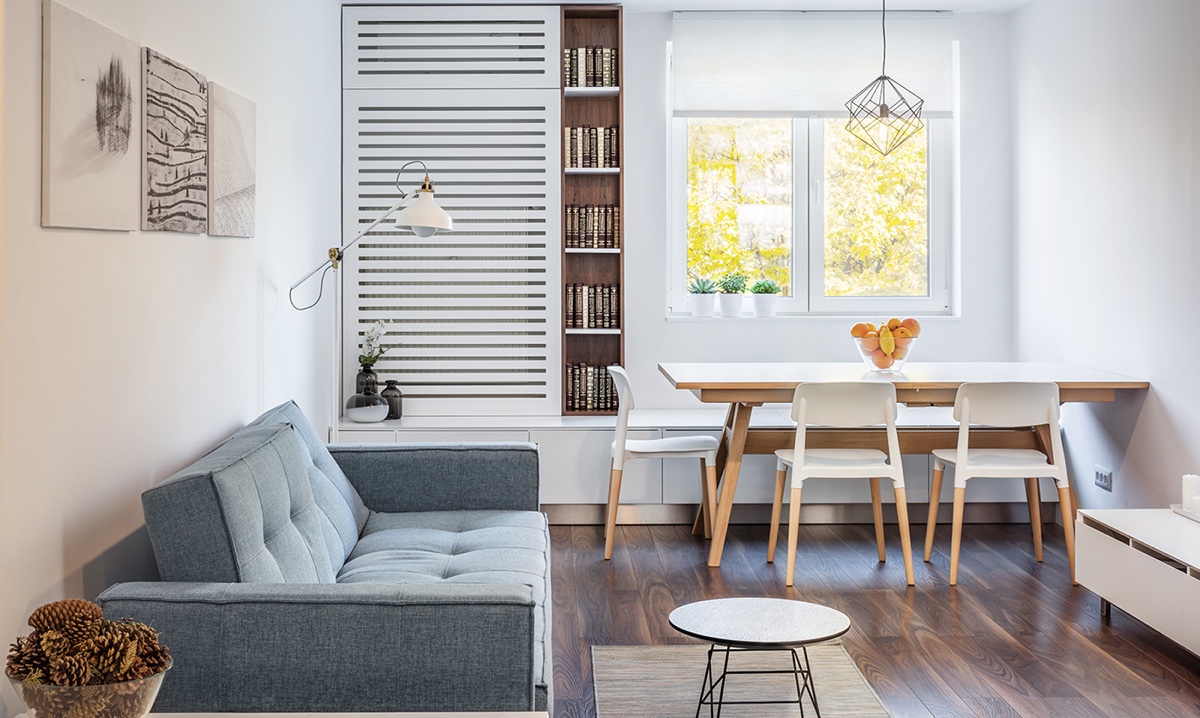
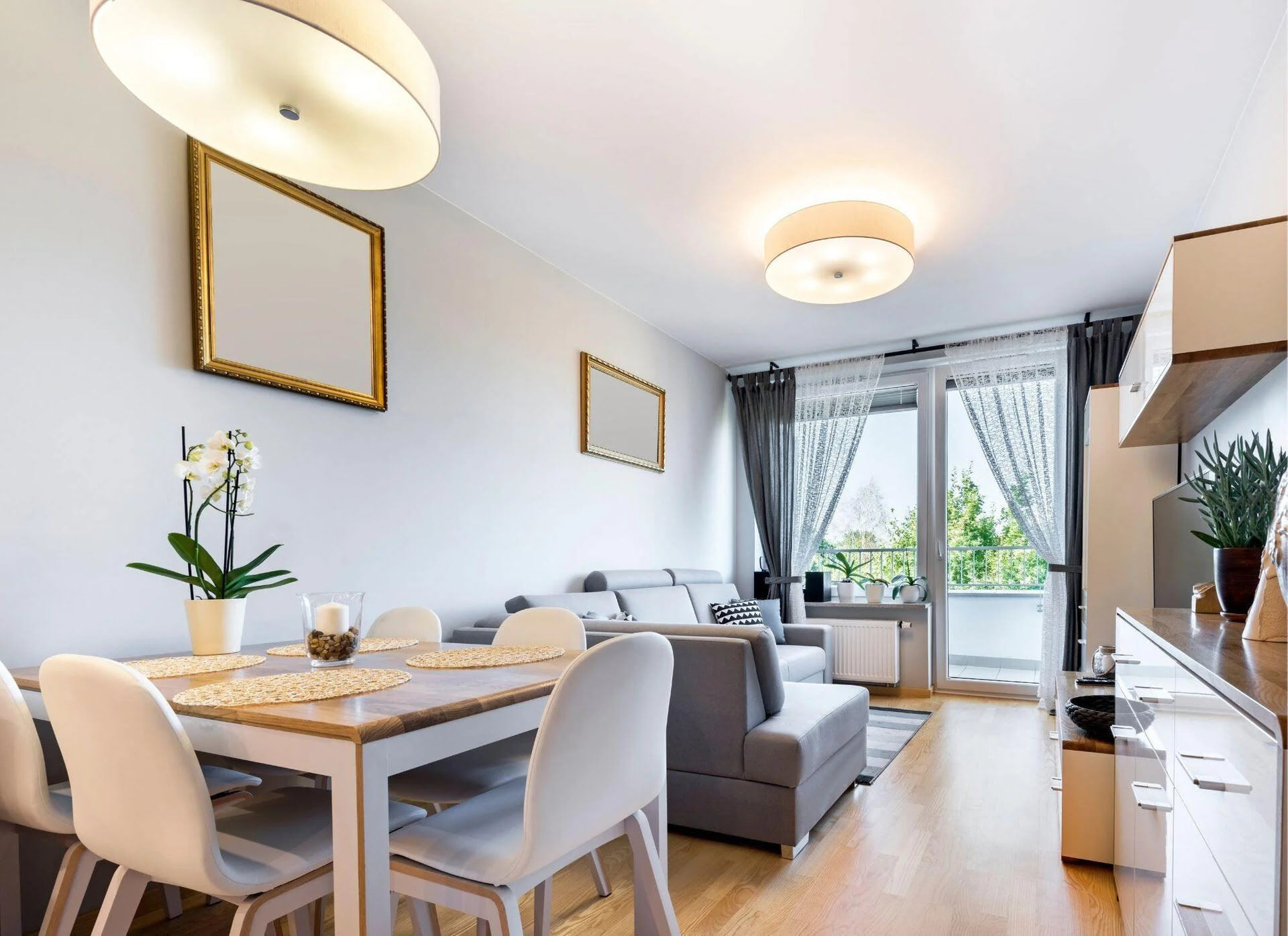
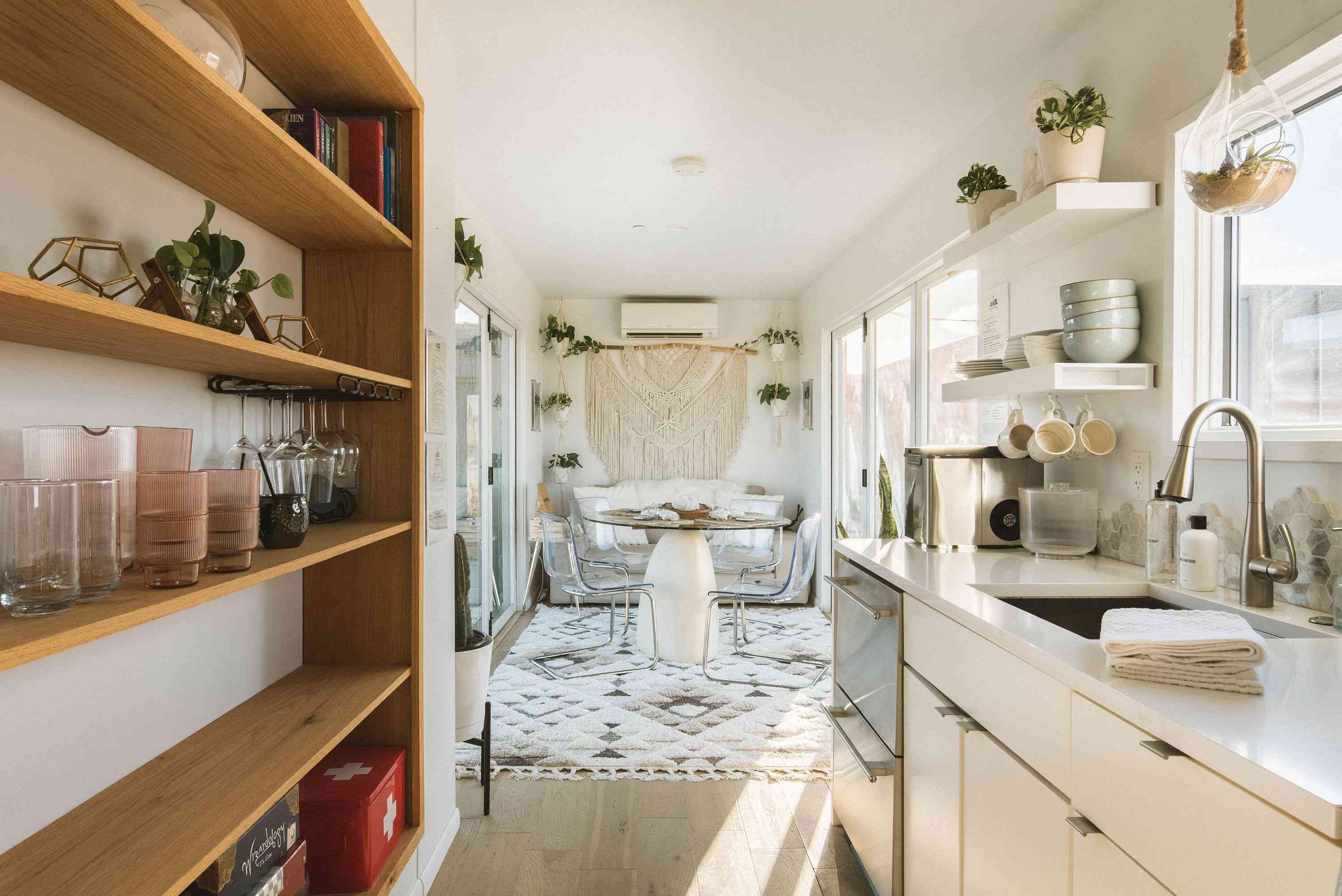

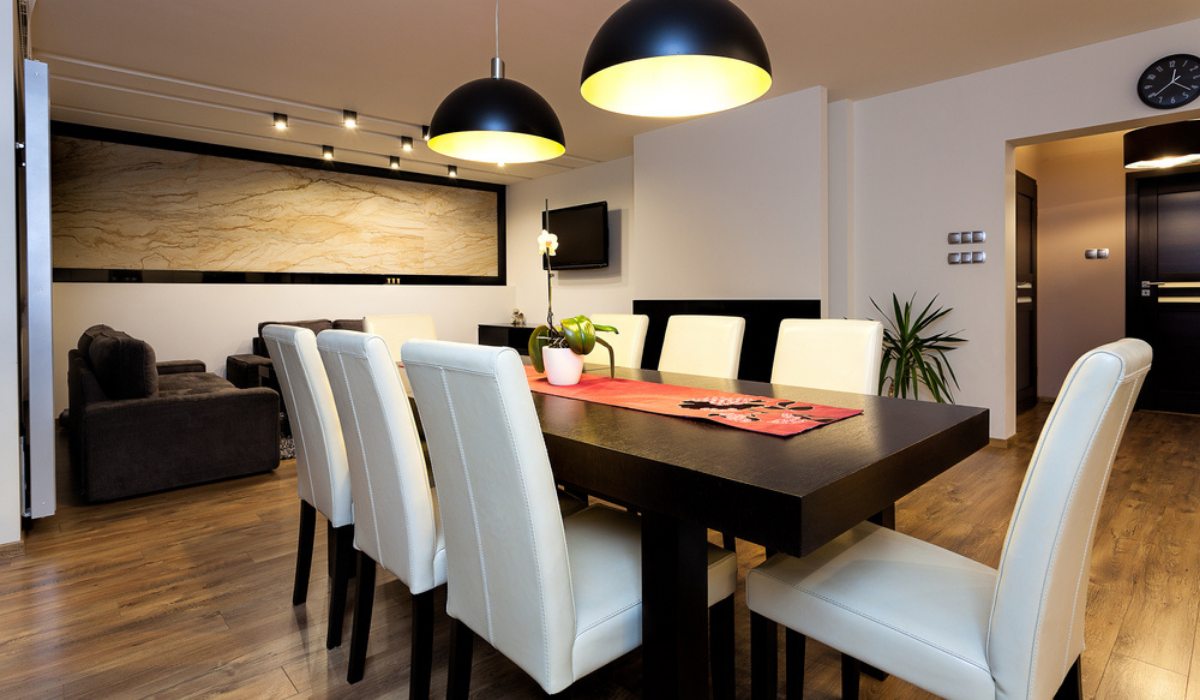
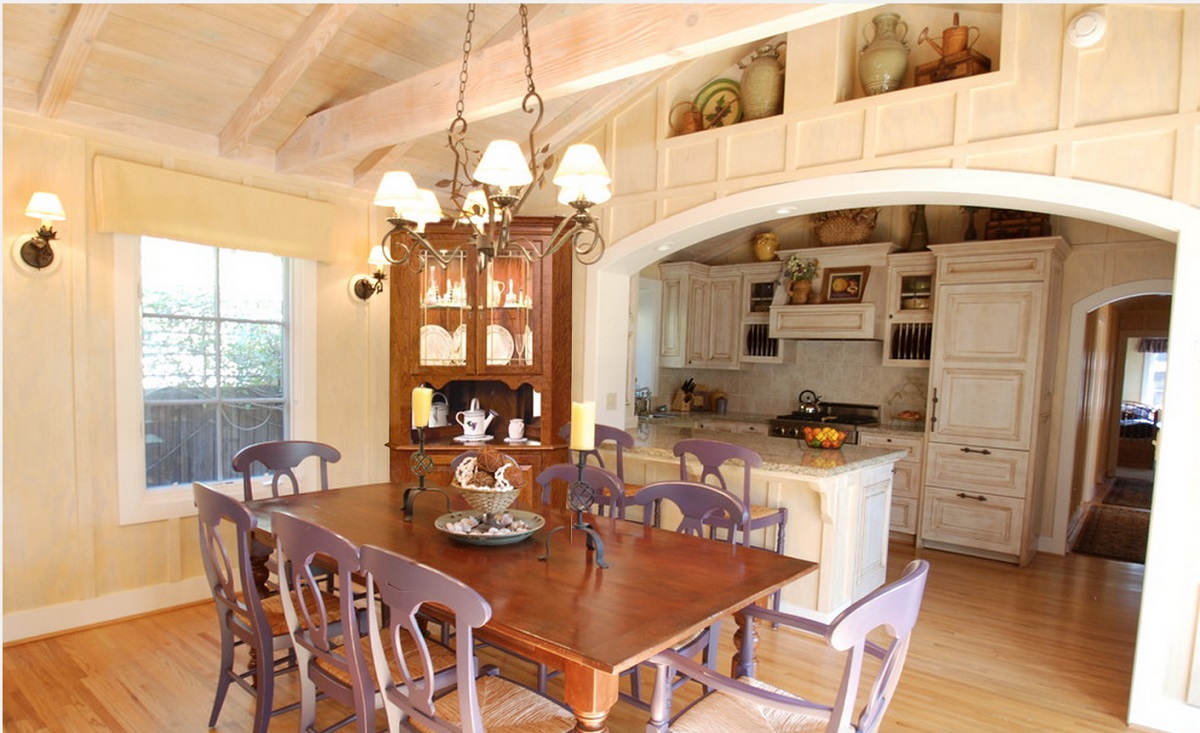
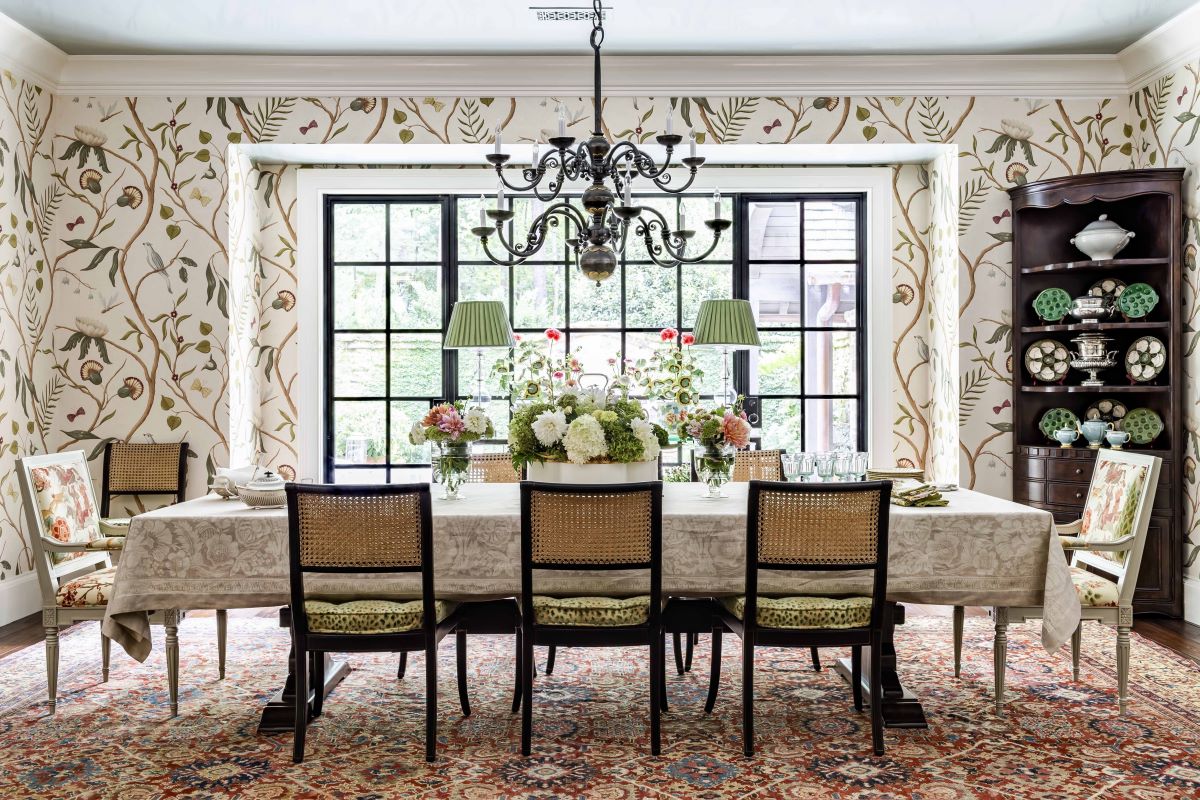
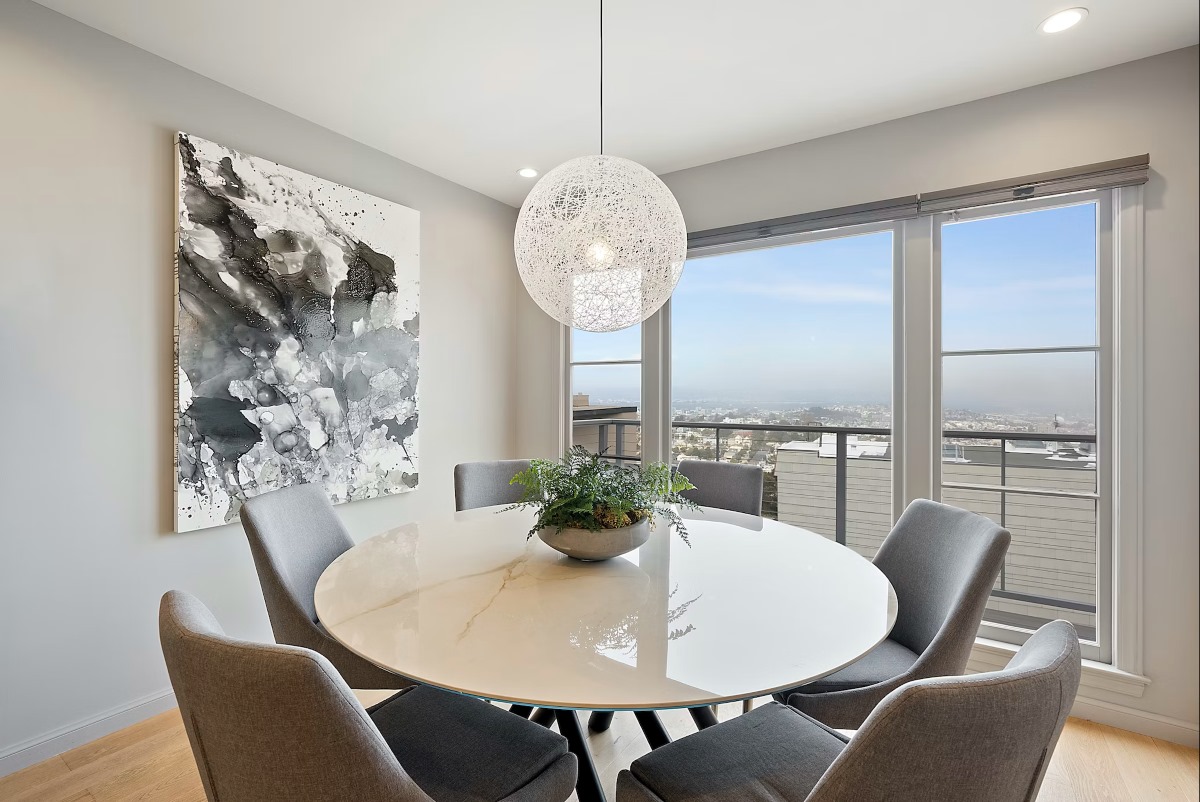

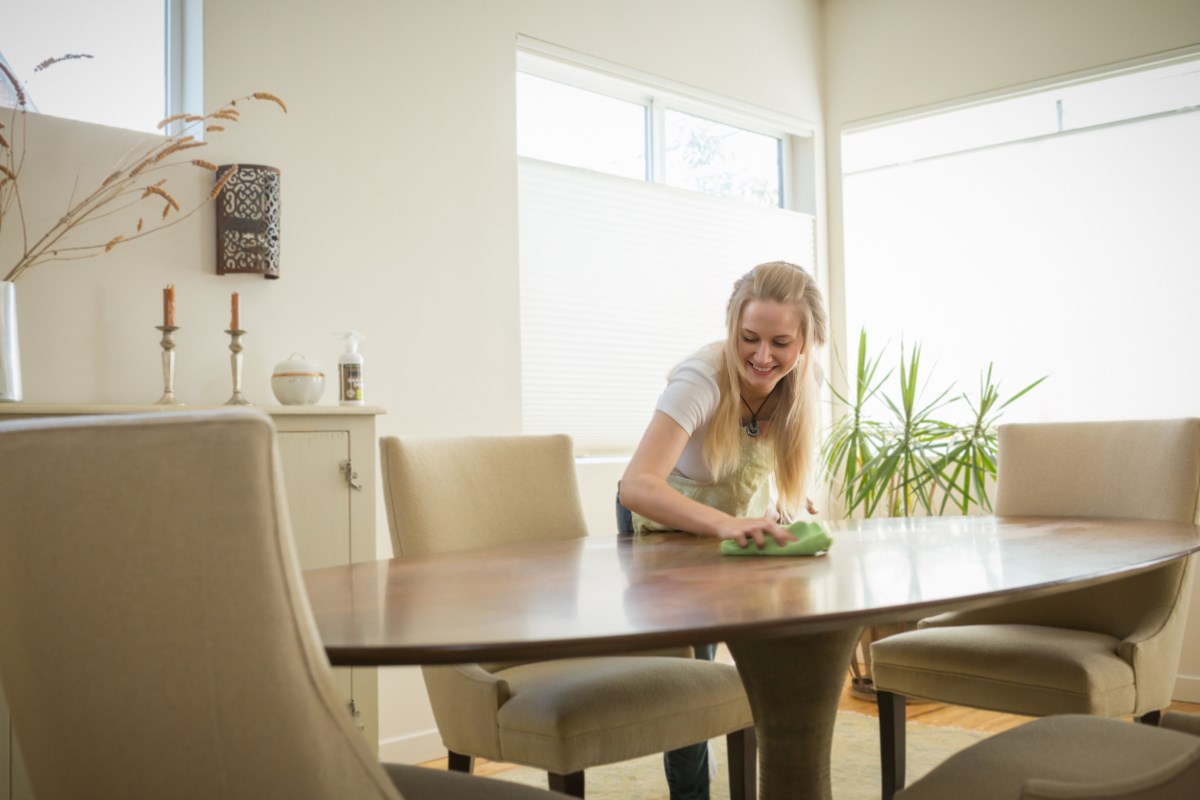
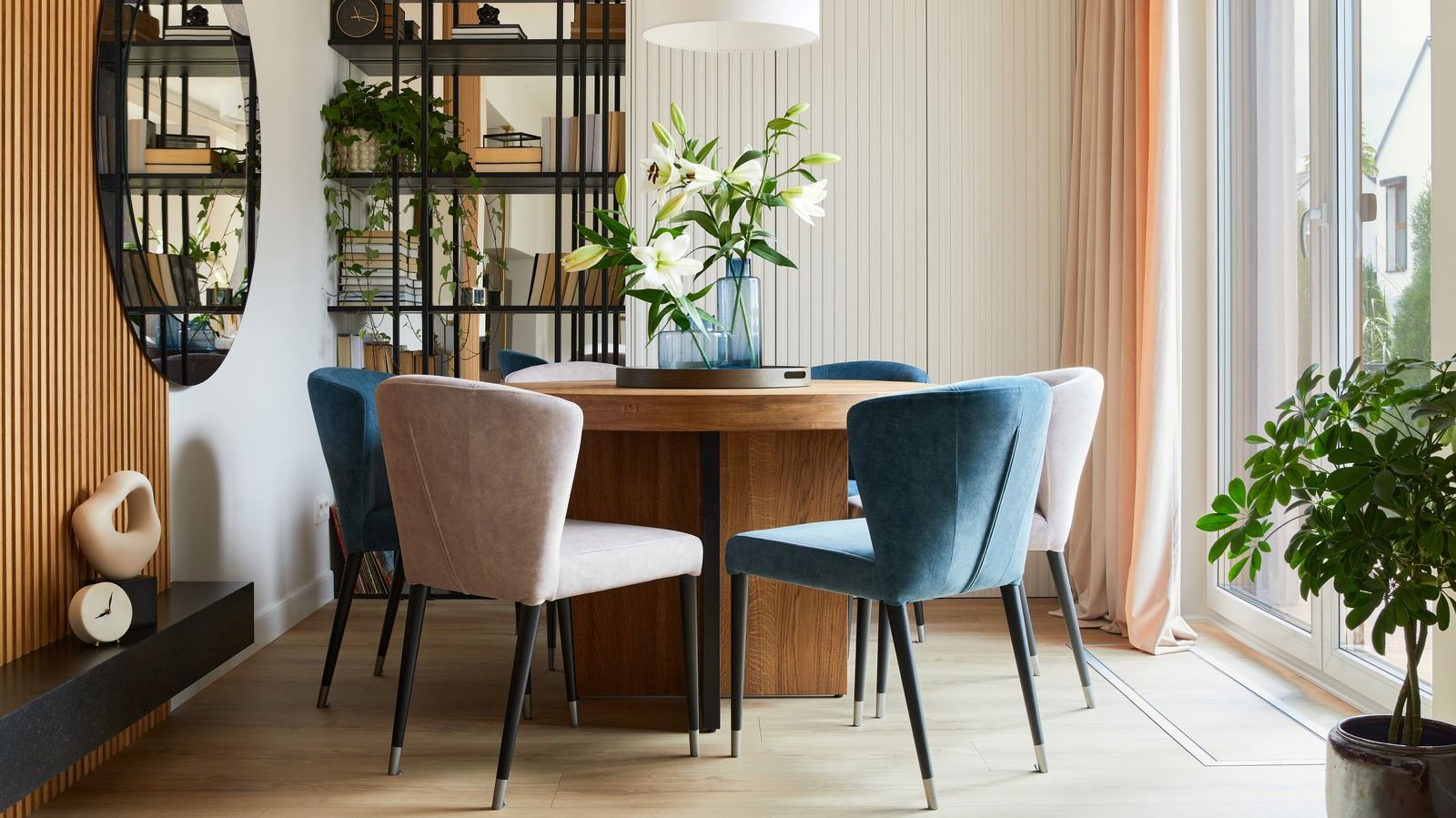
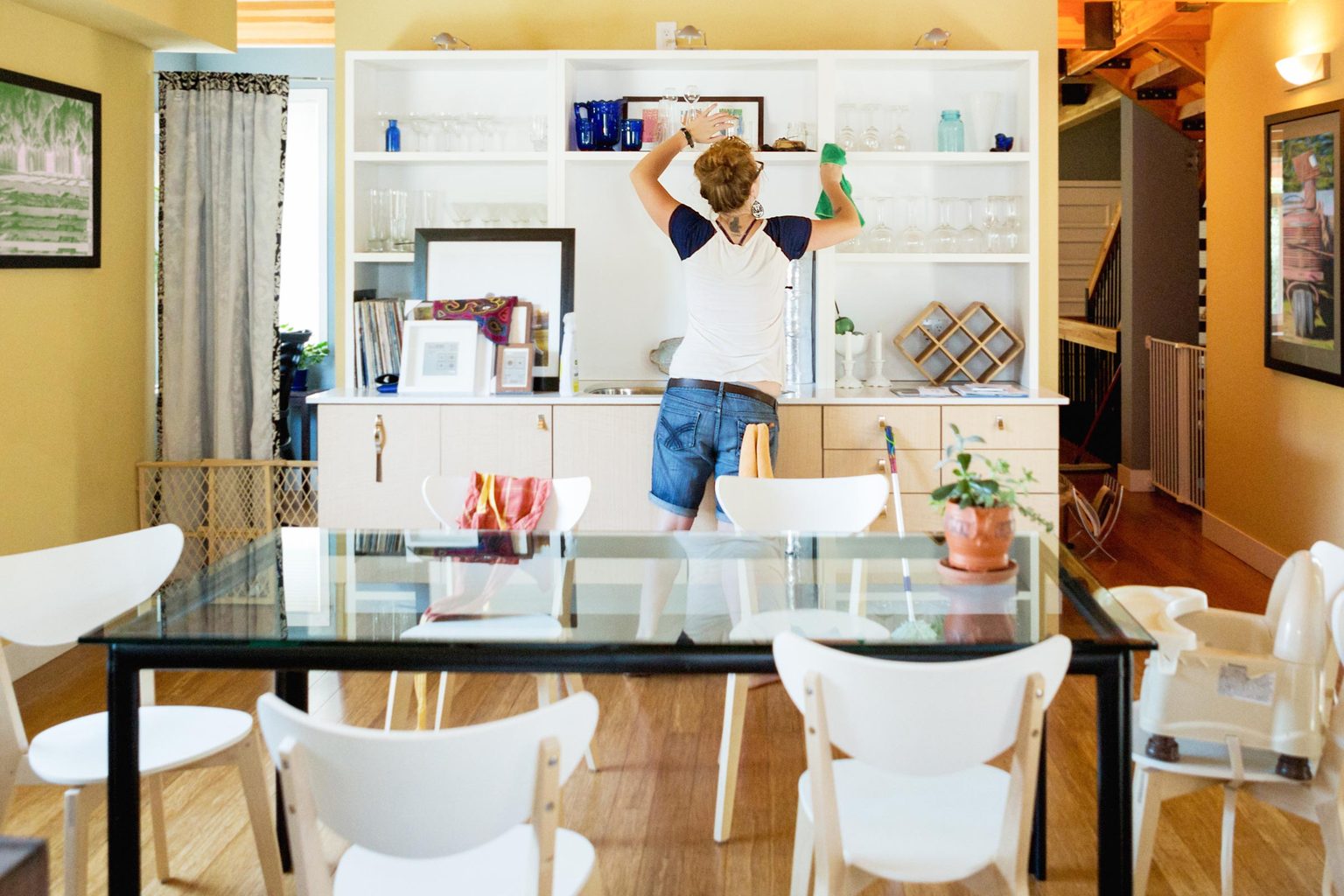
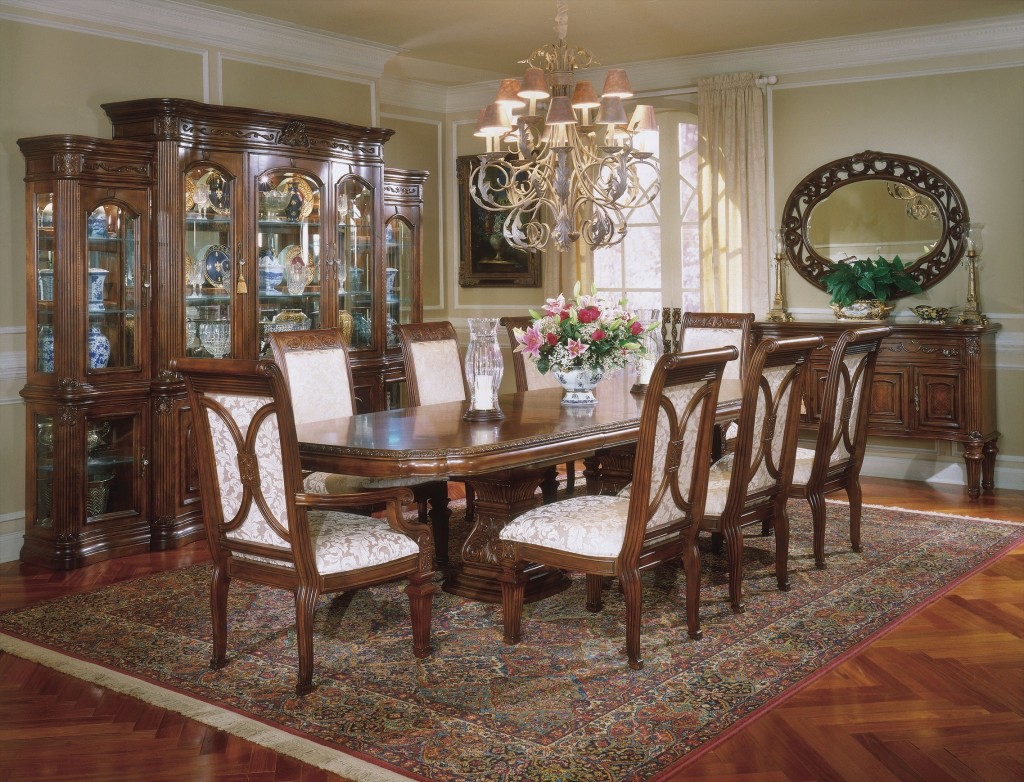

0 thoughts on “How To Plan The Design Of A Dining Room”